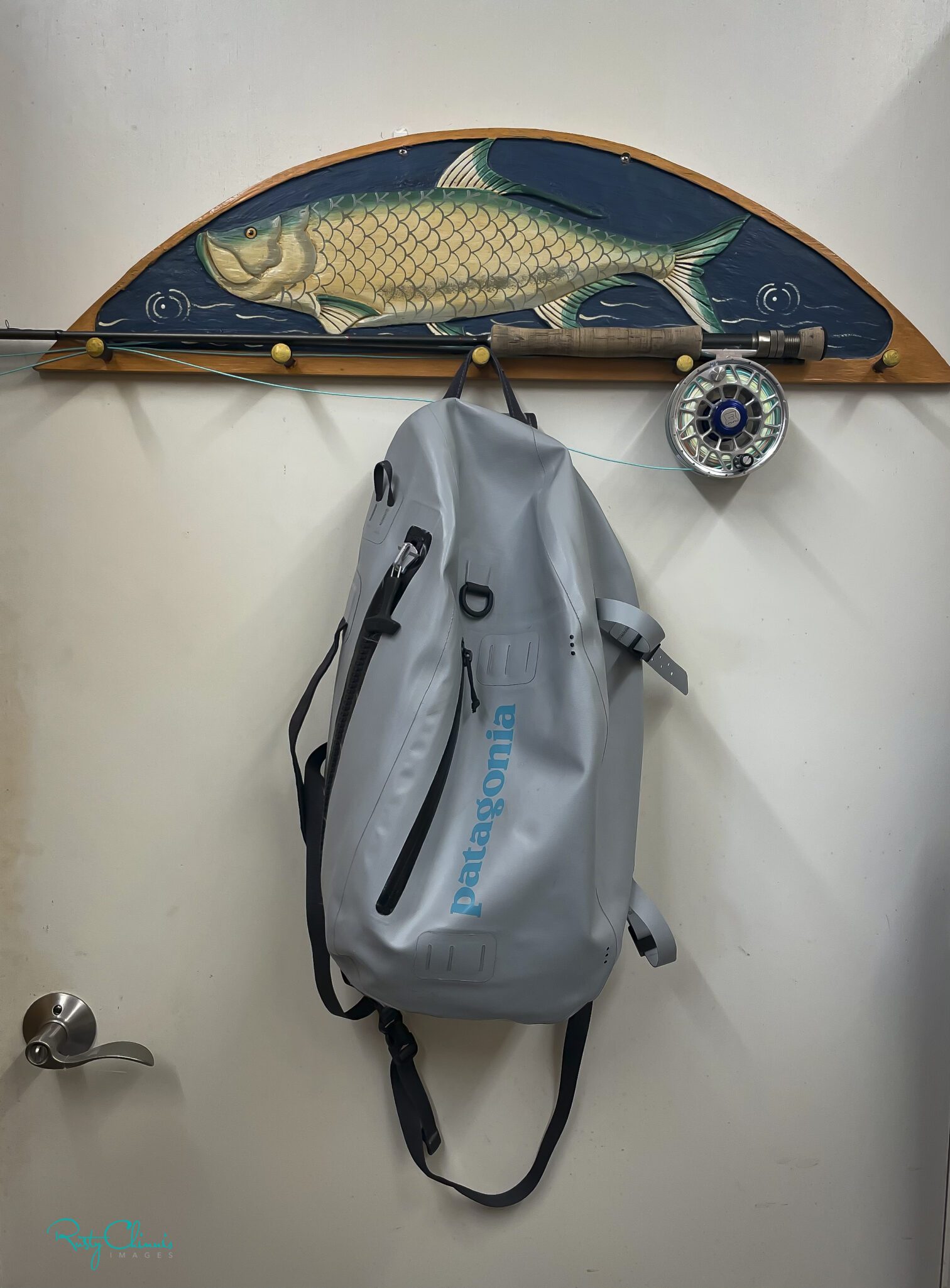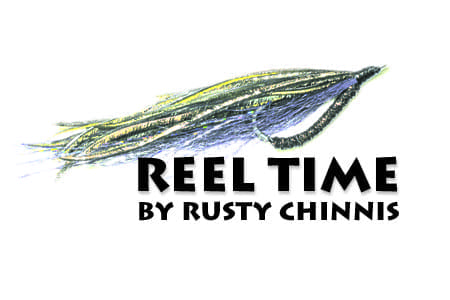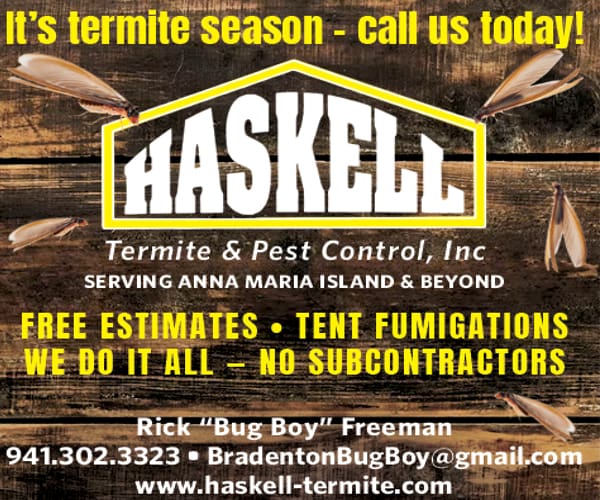Getting on the water can be challenging for the average angler. Life often gets in the way of your favorite pastime and finds you unprepared when opportunity arises. Maybe it’s the “chance” day off or an unexpected invitation that has anglers grabbing their gear, putting it on a boat and heading out. Being prepared before you go and after can guarantee a better chance at success on those special days.
One way to make sure you’re ready when opportunity arises is to create a checklist that you follow before you head out to make the first cast, and one that prepares you for your next outing. With a little due diligence, you can avoid the mistakes that cause you to lose opportunities and fish, mistakes that can be easily avoided.
Here are a few things I include on my checklist, before and after a trip. The hook is one of the smallest but most important components of an effective rig. It’s also one of the easiest things to forget to check. A hook that was razor sharp the last time you used it can become dulled in numerous and unnoticed ways. Contact with the rub rail of the boat, structure in the water, guides and many other objects can cause a hook to lose its edge. Check the hook on your fingernail, if you touch it there and it doesn’t slip, you’ll know it’s sharp enough. It’s always a good idea to have a hook sharpener on hand and touch up the point several times during your outing.

Knots are probably the second leading reason fish are lost. Even the best-tied knot will break if it’s not tightened. You may tie perfect knots but there’s a chance they could loosen between trips. Always make sure you moisten knots before tightening them, and draw them up very tight. The first place a leader will break is at a knot when it slips.
Checking the drag is, of course, one of the most important things you can do. Make sure your drag is smooth. I would suggest having the drag set so you don’t have to touch it while fighting a fish. Equally important, loosen the drag when not fishing, which prevents the drag washer from becoming compressed.
Checking leader and line for nicks and abrasion is another must. It’s easier to cut off a small section of leader and re-tie than to lose a good fish to an imperfect line. Fly anglers should always stretch their fly line before making the first presentation of the day. Fly line has memory and will come off the spool in small loops that can tangle easily, causing you to break off a fish. Strip off the line you’ll be casting, make a cast and gently stretch it as you retrieve it. It doesn’t hurt to repeat the process during the day.
Each time you step to the bow, make sure your knots are tight, the drag is properly set, hooks are sharp, leaders are abrasion free and fly line is stretched. It only takes a minute but might just save the day. On the trips when you find willing fish, your preparedness will turn opportunity into memories. While you’ll always lose fish, even when everything is right, you’ll definitely have a better chance if you develop and follow a simple check list.
Finally, consider keeping flies, lures, leaders, nippers and other essentials ready to go in a boat bag. Check the list, grab your rod, reel and pack and enjoy the fruits of preparing before you go. Tight lines!
































